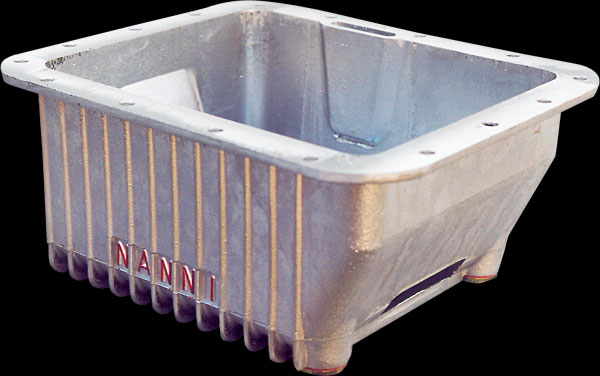dangfiat
Member
Hey All,
Another in the long list of dumb questions I'm trying to understand:
1. We have no temp gauge... How do people tell their car is over heating? Truly mystified on this one...
2. Summer Heat: Anyone here from the Southwest or Southeast of the US? Where summer heat can get to multiple 100F days (38c )?
3. How do you deal with the heat? Especially when stuck in traffic? Oil cooler? Just don't drive? Extra fan? Or...... Is it OK to just drive and the little cars handle it?
I'm planning to:
1. Use 20W-50
2. get an aluminum sump (3.5 or 4l?)
3. That is all
Thanks for the help, couldn't find anything in the search on this subject but maybe my search abilities are somewhat suspect
Cheers
Daniel
Another in the long list of dumb questions I'm trying to understand:
1. We have no temp gauge... How do people tell their car is over heating? Truly mystified on this one...
2. Summer Heat: Anyone here from the Southwest or Southeast of the US? Where summer heat can get to multiple 100F days (38c )?
3. How do you deal with the heat? Especially when stuck in traffic? Oil cooler? Just don't drive? Extra fan? Or...... Is it OK to just drive and the little cars handle it?
I'm planning to:
1. Use 20W-50
2. get an aluminum sump (3.5 or 4l?)
3. That is all
Thanks for the help, couldn't find anything in the search on this subject but maybe my search abilities are somewhat suspect
Cheers
Daniel



